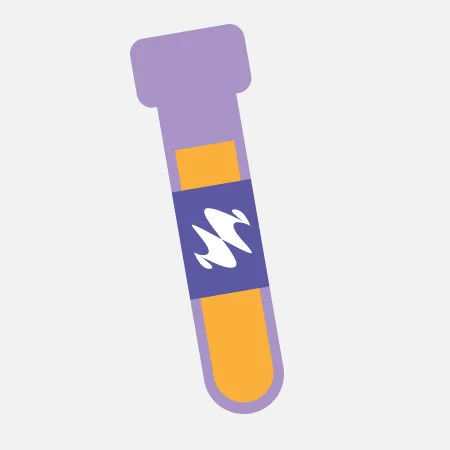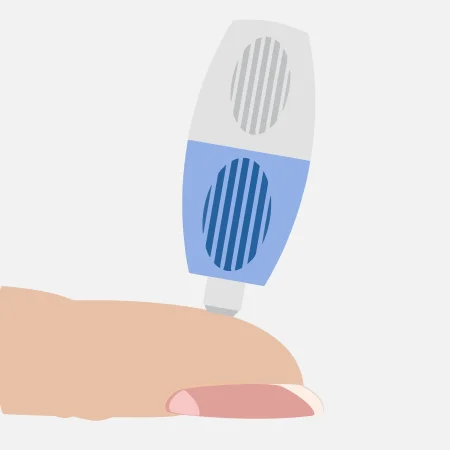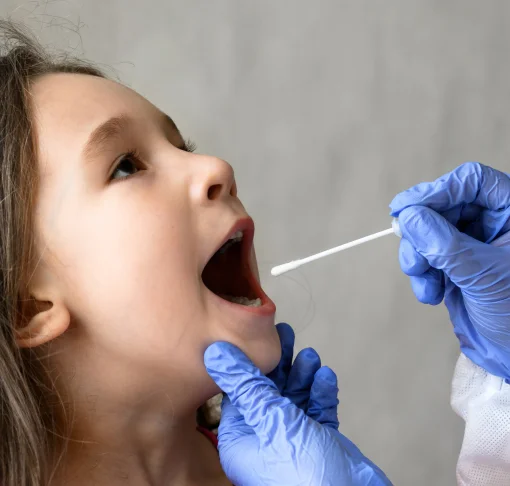- Drug and Alcohol
Court approved hair, nail, blood drug and alcohol testing - Maternity and Paternity
Ministry of Justice approved legal DNA testing - Wider Relationships
Understanding second and third degree familial connections - Immigration
Home Office approved testing for visas and passports - Expert Services
Court standard expert witness reporting - International DNA Collection
Home Office approved DNA collection from overseas
Introduction to EDDP
EDDP (2-ethylidene-1,5-dimethyl-3,3-diphenylpyrrolidine) is the primary metabolite of methadone, a synthetic opioid used for pain management and opioid dependency treatment. Detecting EDDP is crucial for confirming methadone use or adherence to methadone maintenance programs, as it provides a direct indication of methadone metabolism.
EDDP Street Names
As EDDP is not a substance of abuse, it does not have associated street names.
EDDP's Chemical Structure
The chemical structure of EDDP reflects its relationship to methadone, with its metabolite properties allowing for reliable detection in biological samples.

How To Test For EDDP
Here are the common methods used to detect EDDP and their detection timeframes:
01
Hair
Long Detection Window (Months)

Provides a comprehensive history of methadone use over months.
Explore Hair Drug Test02
Fingernail
Long Detection Window (Months)

Captures long-term methadone use via EDDP detection.
Explore Fingernail Drug Test03
Urine
Medium Detection Window (Days)

Most common for methadone program compliance testing.
Explore Urine Drug Test04
Blood
Short Detection Window (Hours to Days)

Effective for detecting recent methadone use via its metabolite.
Explore Blood Drug Test05
Saliva
Short Detection Window (Hours to Days)

Useful for detecting methadone and EDDP in recent use cases.
Explore Saliva Drug TestLegitimate Use Cases for EDDP
While EDDP itself has no medical application, its detection is vital for:
- Methadone Treatment Monitoring: Ensuring compliance in opioid replacement therapy.
- Substance Abuse Programs: Verifying proper methadone usage.
- Pain Management Programs: Distinguishing between methadone misuse and prescribed use.
Will EDDP Show Up on a Drug Test?
Yes, EDDP will appear in drug tests designed to detect methadone use. Standard opioid panels typically do not include EDDP, but specialised tests for methadone monitoring will detect its presence.
Get a Quote
How Long Does EDDP Stay in Your System?
Detection times for EDDP depend on the testing method:
- Urine: 1 to 7 days.
- Blood: Up to 24 hours.
- Saliva: Up to 48 hours.
- Hair/Fingernails: several months.
Get a Quote
Factors Influencing EDDP Presence in Your Body
Key factors that affect EDDP detection include:
- Metabolic Rate: Individual differences in methadone metabolism affect EDDP levels.
- Dosage: Higher methadone doses result in greater EDDP production.
- Frequency of Use: Chronic methadone use leads to sustained EDDP levels.
EDDP Use in Legal Scenarios
EDDP detection plays a crucial role in legal cases such as:
-
Substance Abuse Monitoring: Ensuring compliance with court-ordered methadone programs.
-
Child Custody Cases: Evaluating a parent’s adherence to prescribed methadone treatments.
-
DUI Cases: Distinguishing between methadone misuse and compliance.
False Positives and Interpretation of EDDP Results
False positives for EDDP are rare, as its presence directly indicates methadone metabolism. Advanced spectrometry techniques like GC-MS or LC-MS/MS ensure test accuracy.

Popular Culture and EDDP
While EDDP is not discussed in popular culture, methadone and its role in addiction treatment often appear in media addressing the opioid crisis.
Get a Quote

Notable Forensic Cases Involving EDDP
EDDP testing has been pivotal in cases involving:
- Methadone Treatment Compliance: Confirming adherence in opioid dependency programs.
- Overdose Investigations: Differentiating methadone overdose from proper therapeutic use.
Risk of Contamination
EDDP testing is less susceptible to contamination, but proper sample handling remains critical to ensure accuracy.
Get a Quote

